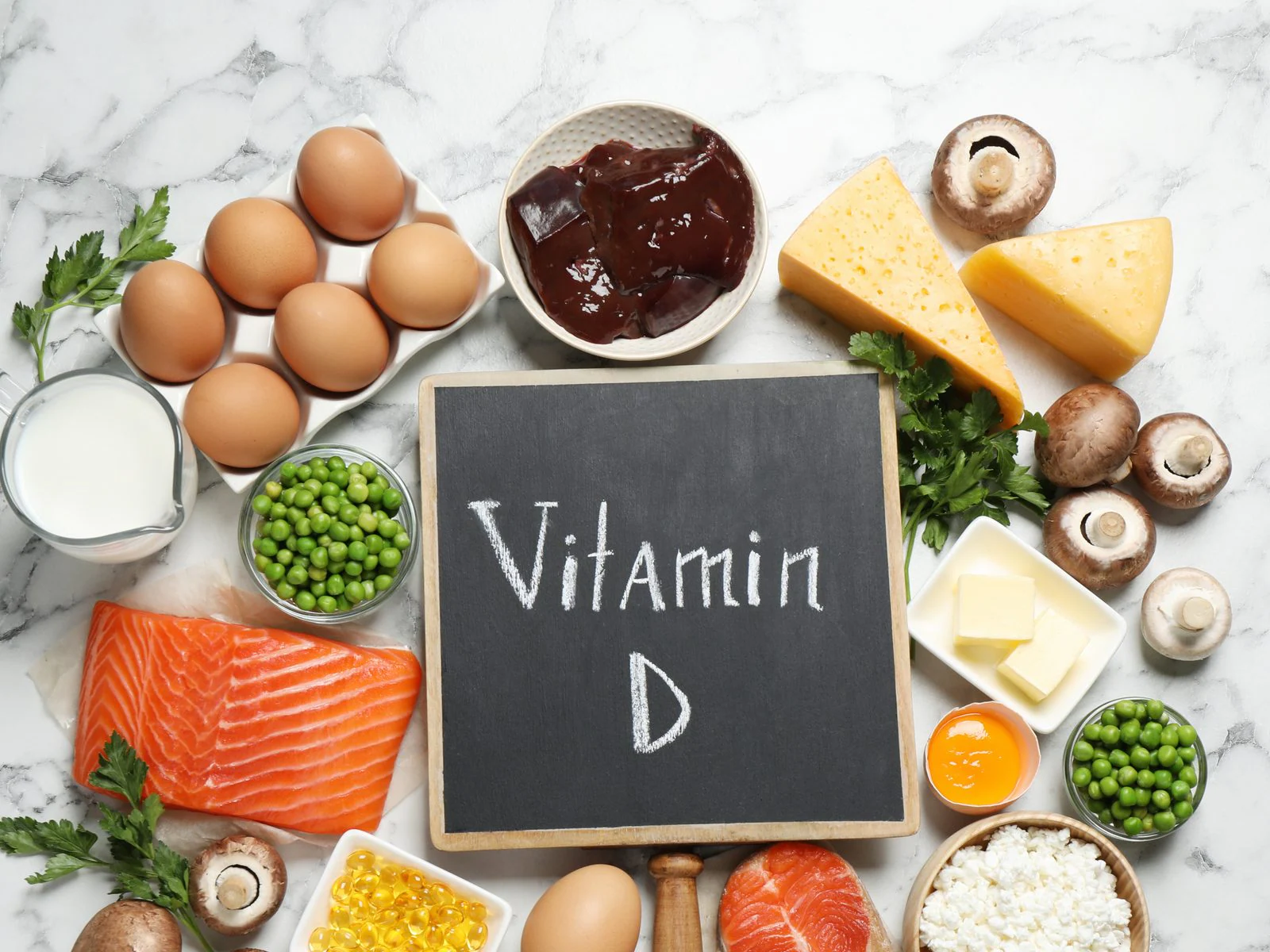
Abstract
A low 25-hydroxyvitamin D (25(OH)D) level is considered as a free gamble factor for COVID-19 seriousness. Nonetheless, the relationship between vitamin D status and results in COVID-19 is disputable. In the current review, we research the relationship between the serum 25(OH)D level, safe reaction, and clinical sickness course in patients with COVID-19. An aggregate of 311 patients hospitalized with COVID-19 was selected. For patients with a lack of vitamin D/deficiency, the commonness of extreme COVID-19 was higher than in those with an ordinary 25(OH)D level (p < 0.001). The edge of 25(OH)D level related to mortality was 11.4 ng/mL (p = 0.003, ROC investigation). The recurrence of CD3+CD4+ T aide (Th) cells was diminished in patients with 25(OH)D level ≤ 11.4 ng/mL, contrasted with sound controls (HCs). There were no distinctions in the recurrence of guileless, focal memory (CM), effector memory (EM), and terminally separated effector memory Th cells in patients with COVID-19 contrasted with HCs. The recurrence of T-follicular aides was diminished both in patients with 25(OH)D level > 11.4 ng/mL (p < 0.001) and 25(OH)D level ≤ 11.4 ng/mL (p = 0.003) contrasted with HCs. Patients with 25(OH)D level > 11.4 ng/mL had an expanded recurrence of Th2 CM (p = 0.010) and diminished Th17 CM (p < 0.001). While the recurrence of Th2 EM was essentially expanded, the recurrence of Th17 EM was fundamentally diminished in the two gatherings contrasted with HCs. Along these lines, 25(OH)D level is an autonomous gamble factor for the illness seriousness and mortality in patients with COVID-19. We exhibit that the serum 25(OH)D level ≤ 11.4 ng/mL is related to the feeling of Th2 and the downregulation of Th17 cell polarization of the versatile invulnerability in patients with COVID-19.
Introduction
The COVID-19 pandemic brought about by the SARS-CoV-2 respiratory infection is one of the world’s most squeezing issues, and many investigations are given to its counteraction and treatment. This is difficult for social orders and an incredible danger to worldwide wellbeing [1]. Risk factors related with the extreme course of COVID-19 are known, including age ≥ 60 years, cardiovascular illnesses, corpulence, diabetes, ongoing kidney sickness, constant lung infection, smoking, malignant growth, strong organ or hematopoietic foundational microorganism relocate patients [2]. Likewise, various examinations revealed a connection between low serum 25-hydroxyvitamin D (25(OH)D) levels and expanded rates or the seriousness of different diseases, including tuberculosis [3], human immunodeficiency infection contamination [4,5], and flu [6]. Ongoing investigations showed that a low 25(OH)D level is considered as an autonomous gamble factor for COVID-19 seriousness [7,8,9,10,11]. Beforehand, we showed a relationship between extreme lack of vitamin D and results in patients with COVID-19 [12]. The consequences of the meta-examination that incorporated a few observational investigations with information for around 2,000,000 grown-ups recommended that lack of vitamin D/inadequacy expanded the vulnerability to COVID-19 and its seriousness. Also, a few clinical advantages and an improvement in fiery markers were identified after vitamin D supplementation in the treatment of COVID-19 [13].
Vitamin D is a fat-dissolvable nutrient associated with keeping up with calcium-phosphorus digestion [14,15]. Then again, many tissues and cells, including the cells of the resistant framework, have explicit vitamin D receptors [16,17]. Vitamin D upgrades inborn cell invulnerability by animating LL-37, an antimicrobial peptide living in monocytes, B cells, normal executioners (NK cells), epithelial cells, γδ T cells [18], and β-defensins, which enact chemotaxis and forestall viral contamination [19]. Besides, vitamin D actuates monocyte separation into macrophages and triggers autophagy, subsequently forestalling extreme immunopathology related to viral diseases [20]. Typical 25(OH)D levels can advance immunoregulatory capacities in viral respiratory disease conditions and, generally, can impact the modified resistant fiery COVID-19 reactivity by downregulating excessively plentiful cytokine reactions that involve the neurotic cytokine storm [21]. Vitamin D smothers T-cell expansion by hindering the emission of interleukin – 12 (IL-12) and prompts a shift from T partners 1 (Th1) to a Th2 aggregate [22]. It likewise influences the development of T cells with a diminishing in the incendiary Th17 aggregate and an expansion in T administrative cells, bringing about the guideline of the creation of fiery cytokines IL-17 and IL-21 with an expansion in the creation of the calming cytokine IL-10 [23]. Moreover, there are a ton of pleiotropic impacts of vitamin D on stoutness, diabetes mellitus, and cardiovascular infections that are known irritating variables for COVID-19 [24].
Henceforth, the current review expects to (1) layout whether a low 25(OH)D level is a gamble factor in the clinical course of COVID-19 and (2) research invulnerable reaction markers in hospitalized patients with COVID-19 with various vitamin D situations.
Results
We investigated information from 311 patients who confessed to the medical clinic because of COVID-19. An aggregate of 56% had moderate illness seriousness and 41% had an extreme infection. Patients have isolated into bunches toper COVID-19 seriousness. The outcomes are introduced in Table 1. Patients with gentle illness were prohibited from the examination because of the modest number of cases (n = 10 patients). Patients with extreme COVID-19 were more established than the patients with moderate illness 66 [58;75] and 59 [51;68] years, individually, p < 0.001. In the gathering with extreme illness, there was a higher predominance of persistent circumstances, for example, corpulence, diabetes mellitus (DM), blood vessel hypertension (AH), ischemic coronary illness (IHD), and constant kidney illness (CKD) (all p < 0.05). The gathering with moderate seriousness had lower levels of the C-receptive protein (CRP), ferritin, lactate dehydrogenase (LDH), glucose, and D-dimer, contrasted with the gathering with extreme infection (all p < 0.05). The serum 25(OH)D level was lower in patients with serious sickness contrasted with patients with moderate illness 14.8 [8.3;21.3] ng/mL and 18.9 [10.2;33.3] ng/mL, separately, p = 0.001. Lymphocytes were altogether lower and the neutrophils/lymphocytes proportion (NLR) was fundamentally higher in the gathering with extreme infection (p < 0.05).
